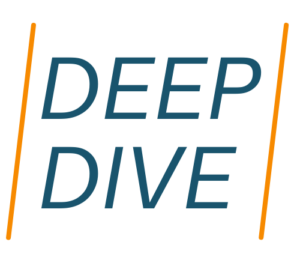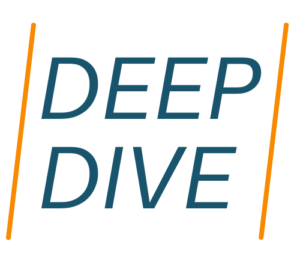
Analysis: Bloomberg and WSJ Brace For AI
Two of the world’s most powerful business publishers are out to refine themselves as the impact of generative AI approaches.

Two of the world’s most powerful business publishers are out to refine themselves as the impact of generative AI approaches.

It’s been true for years: Tier 1 loves to craft “can they do it?” stories. Some PR pros avoid pitching “can they do it” stories because “what if they can’t?” Why encourage a reporter to think that the company might come up short?

It’s one thing to know that Fortune reporter Jane Thier writes CEO profiles, and quite another to know the ingredients. We analyzed the 12 CEO/founder profiles Jane produced so far this year — and asked Anthropic’s Claude 3 to do the same.

Ever use AI to test pitches before sending them to reporters? Try it sometime. It’s a fun way to improve them. For the proper horsepower, you’ll need a paid subscription to a Gen AI service such as GPT-4 or Claude 3.

Forbes this week began accepting applications for this year’s Cloud 100 List as well as the accompanying Cloud 100 Rising Stars list, which focuses on private cloud startups with less than $25 million in funding.

For most tech PR pros, the Financial Times isn’t top-of-mind. That may change. Last month the FT expanded its San Francisco-based bureau to “deepen its coverage of technology companies, venture capital and the intersection of money and technology.”

Just for fun, try creating the story pitch after the story is written. We did that this week, using generative AI. We pasted an already-published story into each of three GenAI tools and asked it to write a compelling PR pitch based on that article.

It’s 2026. You’ve got a new job, earning $250K a year as “VP, Pitch Analytics.” You’ve got a modest budget to retain freelance tech reporters. You manage an intern.

You need to be logged in to view this content. Please Log In. Not a Member? Join Us

Last year around this time we covered the launch of Silverlinings, a trade publication serving network cloud architects. In the wake of Protocol’s sudden demise
YOUR ACCOUNT
FRIDGE NOTES
When Axios prompted ChatGPT for basic background research on Wealthfront’s confidential IPO filing last week, the bot confidently detailed a Wealthfront investor deck. The problem? It appears to be entirely made up.
Indy media business experts Brian Morrissey and Jacob Cohen Donnelly have built two very successful businesses with both newsletters and face-to-face events. Axios has noticed this and has decided to get into the event space focusing on the economics of publishing, which of course is a topic close to home. Announced this week: an Axios event coming up in September. Hosts: Sara Fischer and Kerry Flynn.
ServiceNow has launched a special report on Fortune to jumpstart strategic spending on AI, illustrating workarounds for implementation problems, and otherwise illuminating the path to integrating AI into software operations. This is a branding exercise, of course, and perhaps is a sign that earned media is just not going get a strategic job done.
AIQ shows a big idea and how to leverage the prestige of Fortune without having to pitch stories to accomplish that same objective: you can just buy shelf space. In the case of AIQ, Fortune hired freelancer Sage Lazzaro — who used to work on staff there to create high-level content. So let’s keep an eye on this project, monitoring how well-respected it is… and whether its content gets surfaced in search engines.
Here are the details — Choose from 5 categories and 30+ subcategories. The awards are being promoted by Bhava Communications, an SWMS subscriber.
The guy also is the full-time “chairman” of Bally and Sassoon. On top of that, he’s also chairman of Foundry and 13 other companies. Well, 14, if you count his own private equity firm. How much time will he put into TC, understanding the subtleties of tech edit?